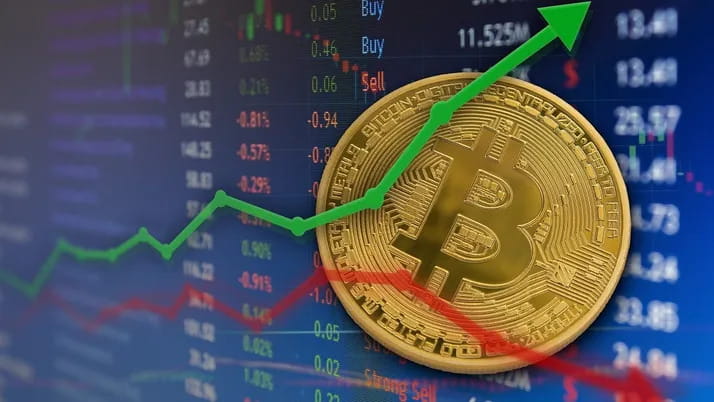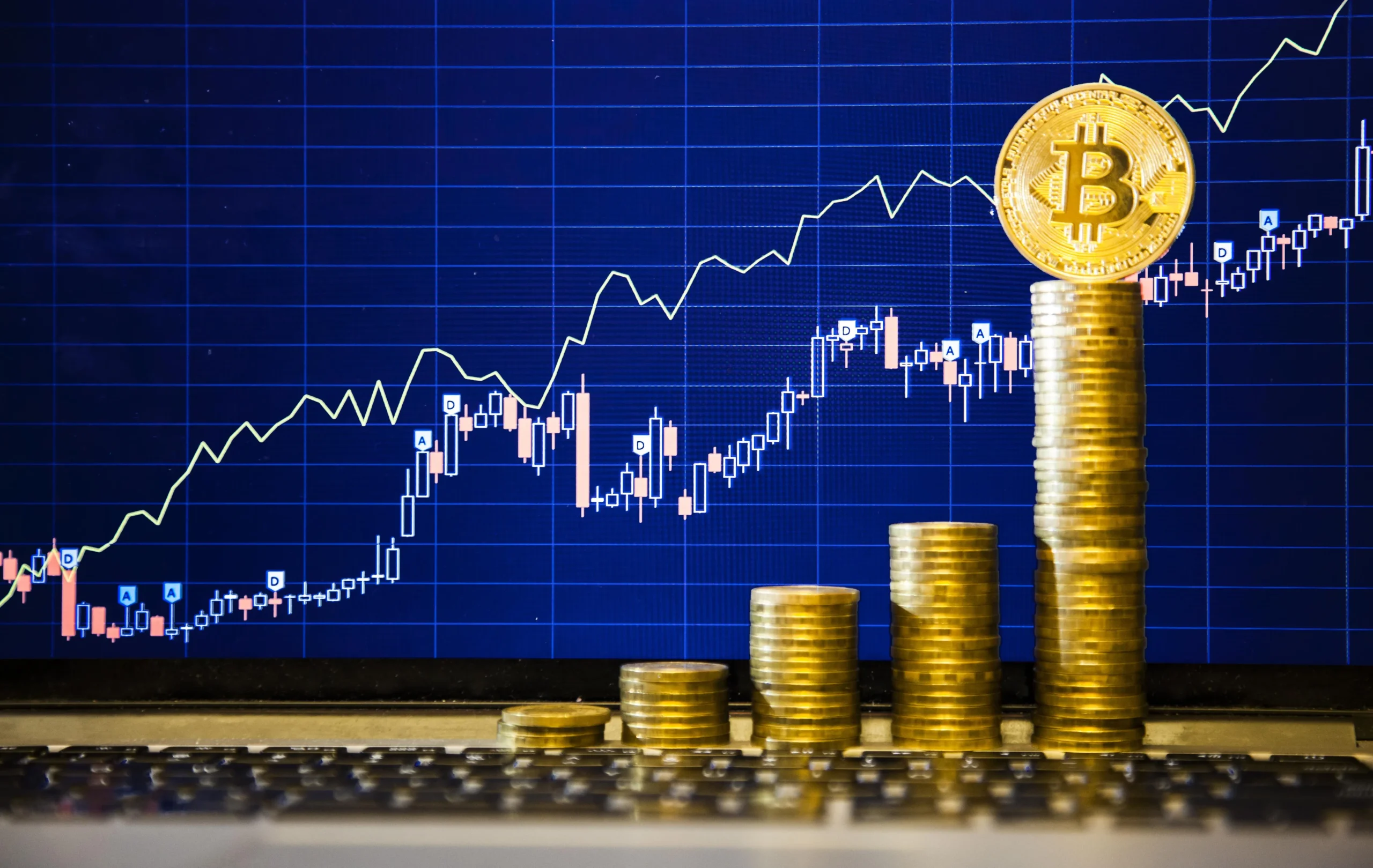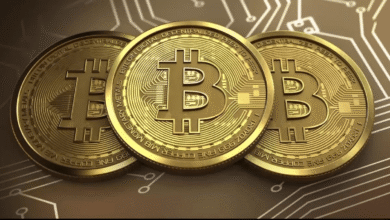Bitcoin on the Rise: How Fed Policies Affected Crypto Markets

Bitcoin on the Rise: Bitcoin, the pioneer of the cryptocurrency world, has always been a subject of intrigue, speculation, and excitement. In recent times, it has witnessed significant fluctuations, largely influenced by the monetary policies of the United States Federal Reserve (the Fed). The Fed’s decisions have a profound impact on global financial markets, and cryptocurrencies are no exception. Ensuring Stability in the Crypto Market This article delves into how Fed policies have influenced the rise of Bitcoin and the broader crypto markets.
The Federal Reserve’s Role in the Economy
The Federal Reserve, often referred to as the Fed, is the central bank of the United States. Established in 1913, its primary responsibilities include managing inflation, regulating the financial system, and ensuring economic stability. The Fed achieves these goals through various monetary policy tools, such as adjusting interest rates, conducting open market operations, and setting reserve requirements for banks.
Interest Rates and Bitcoin
Interest rates are a critical tool used by the Fed to control inflation and stimulate economic growth. When the economy shows signs of overheating, the Fed raises interest rates to cool it down. Conversely, during economic downturns, it lowers interest rates to encourage borrowing and investment.
Bitcoin’s relationship with interest rates is complex. Lower interest rates often lead to increased liquidity in the financial system, driving investors to seek higher returns in alternative assets, including cryptocurrencies. The low-interest-rate environment created by the Fed’s policies has contributed to the rise of Bitcoin as investors flock to the digital asset for its potential high returns.
Quantitative Easing and Bitcoin
Quantitative easing (QE) is another monetary policy tool employed by the Fed. It involves the large-scale purchase of government securities and other financial assets to inject money into the economy. QE aims to lower long-term interest rates and increase the money supply, thereby stimulating economic activity.
The Fed’s QE programs, especially during times of economic crisis, have had a notable impact on Bitcoin. The increased money supply resulting from QE often leads to concerns about inflation and the devaluation of fiat currencies. As a decentralized digital currency with a fixed supply, Bitcoin is seen by many as a hedge against inflation. Consequently, the demand for Bitcoin tends to rise when the Fed engages in extensive QE.
Inflation and Bitcoin

Inflation, the rate at which the general price level of goods and services rises, erodes the purchasing power of money over time. The Fed aims to keep inflation at a moderate level, typically around 2%, to ensure economic stability. However, when inflation expectations rise, investors seek assets that can preserve their wealth. Bitcoin, with its limited supply of 21 million coins, is perceived as a store of value similar to gold. As concerns about inflation intensify, more investors turn to Bitcoin, driving up its price. Thus, the Fed’s monetary policies, which influence inflation, indirectly affect Bitcoin’s appeal as an inflation hedge.
Market Sentiment and Bitcoin
The Fed’s decisions and statements have a significant impact on market sentiment. When the Fed announces changes in interest rates or other policy measures, it sends signals to investors about the future direction of the economy. Positive or negative sentiment in traditional financial markets can spill over into the crypto markets.
For example, if the Fed signals a dovish stance, indicating that it will keep interest rates low for an extended period, it can boost investor confidence and risk appetite. This can lead to increased demand for riskier assets like Bitcoin. Conversely, a hawkish stance by the Fed, suggesting higher interest rates, can dampen market sentiment and reduce demand for speculative assets, including cryptocurrencies.
The COVID-19 Pandemic and Fed Policies
The COVID-19 pandemic triggered unprecedented economic challenges, prompting swift and massive responses from central banks worldwide, including the Fed. In an effort to mitigate the economic fallout, the Fed implemented a series of aggressive monetary policy measures.
The Fed slashed interest rates to near-zero levels and launched multiple rounds of QE. These actions injected trillions of dollars into the financial system, creating a surge in liquidity. This flood of liquidity found its way into various asset classes, including cryptocurrencies. Bitcoin, in particular, benefited from the increased interest and investment during this period.
Institutional Adoption and Fed Policies
Institutional adoption of Bitcoin has been a significant driver of its recent rise. Major financial institutions, hedge funds, and publicly traded companies have started to recognize Bitcoin as a legitimate asset class. The Fed’s policies have played a role in this shift.
The prolonged low-interest-rate environment has made traditional fixed-income investments less attractive to institutional investors. As a result, they have sought alternative investments with higher potential returns. Bitcoin’s unique characteristics and potential for significant appreciation have made it an appealing option for these investors. The entry of institutional players has added legitimacy to the crypto market and contributed to Bitcoin’s rise.
Regulation and Fed Policies
The regulatory environment surrounding cryptocurrencies is evolving, and the Fed’s stance on regulation can influence market dynamics. While the Fed itself does not directly regulate cryptocurrencies, its views on digital assets and the broader regulatory landscape can impact investor sentiment.
The Fed’s focus on financial stability and consumer protection has led to discussions about the need for regulatory oversight of the crypto market. Concerns about market manipulation, fraud, and investor protection have prompted calls for clearer regulations. The prospect of increased regulation can create uncertainty and volatility in the crypto market, affecting Bitcoin’s price.
Conclusion
Bitcoin’s rise and the influence of Fed policies on the crypto markets are intertwined in a complex and dynamic relationship. The Fed’s decisions on interest rates, quantitative easing, and inflation control have far-reaching implications for global financial markets, including cryptocurrencies. As the crypto market continues to mature, the interplay between traditional monetary policies and digital assets will likely become more pronounced. Investors and market participants must stay informed about the Fed’s actions and their potential impact on Bitcoin and other cryptocurrencies.
[sp_easyaccordion id=”4256″]




